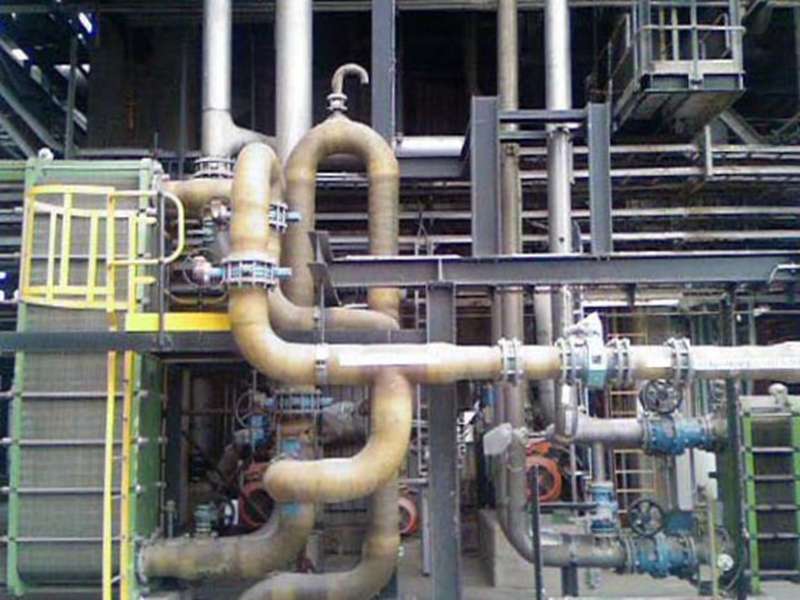
-
 Afrikaans
Afrikaans -
 Albanian
Albanian -
 Amharic
Amharic -
 Arabic
Arabic -
 Armenian
Armenian -
 Azerbaijani
Azerbaijani -
 Basque
Basque -
 Belarusian
Belarusian -
 Bengali
Bengali -
 Bosnian
Bosnian -
 Bulgarian
Bulgarian -
 Catalan
Catalan -
 Cebuano
Cebuano -
 China
China -
 China (Taiwan)
China (Taiwan) -
 Corsican
Corsican -
 Croatian
Croatian -
 Czech
Czech -
 Danish
Danish -
 Dutch
Dutch -
 English
English -
 Esperanto
Esperanto -
 Estonian
Estonian -
 Finnish
Finnish -
 French
French -
 Frisian
Frisian -
 Galician
Galician -
 Georgian
Georgian -
 German
German -
 Greek
Greek -
 Gujarati
Gujarati -
 Haitian Creole
Haitian Creole -
 hausa
hausa -
 hawaiian
hawaiian -
 Hebrew
Hebrew -
 Hindi
Hindi -
 Miao
Miao -
 Hungarian
Hungarian -
 Icelandic
Icelandic -
 igbo
igbo -
 Indonesian
Indonesian -
 irish
irish -
 Italian
Italian -
 Japanese
Japanese -
 Javanese
Javanese -
 Kannada
Kannada -
 kazakh
kazakh -
 Khmer
Khmer -
 Rwandese
Rwandese -
 Korean
Korean -
 Kurdish
Kurdish -
 Kyrgyz
Kyrgyz -
 Lao
Lao -
 Latin
Latin -
 Latvian
Latvian -
 Lithuanian
Lithuanian -
 Luxembourgish
Luxembourgish -
 Macedonian
Macedonian -
 Malgashi
Malgashi -
 Malay
Malay -
 Malayalam
Malayalam -
 Maltese
Maltese -
 Maori
Maori -
 Marathi
Marathi -
 Mongolian
Mongolian -
 Myanmar
Myanmar -
 Nepali
Nepali -
 Norwegian
Norwegian -
 Norwegian
Norwegian -
 Occitan
Occitan -
 Pashto
Pashto -
 Persian
Persian -
 Polish
Polish -
 Portuguese
Portuguese -
 Punjabi
Punjabi -
 Romanian
Romanian -
 Russian
Russian -
 Samoan
Samoan -
 Scottish Gaelic
Scottish Gaelic -
 Serbian
Serbian -
 Sesotho
Sesotho -
 Shona
Shona -
 Sindhi
Sindhi -
 Sinhala
Sinhala -
 Slovak
Slovak -
 Slovenian
Slovenian -
 Somali
Somali -
 Spanish
Spanish -
 Sundanese
Sundanese -
 Swahili
Swahili -
 Swedish
Swedish -
 Tagalog
Tagalog -
 Tajik
Tajik -
 Tamil
Tamil -
 Tatar
Tatar -
 Telugu
Telugu -
 Thai
Thai -
 Turkish
Turkish -
 Turkmen
Turkmen -
 Ukrainian
Ukrainian -
 Urdu
Urdu -
 Uighur
Uighur -
 Uzbek
Uzbek -
 Vietnamese
Vietnamese -
 Welsh
Welsh -
 Bantu
Bantu -
 Yiddish
Yiddish -
 Yoruba
Yoruba -
 Zulu
Zulu
inserting rock bits techniques and strategies for efficient ...
Inserting Rock Bits Techniques and Strategies for Efficient Drilling Operations
In the realm of drilling operations, the efficiency and effectiveness of inserting rock bits are paramount for achieving optimal performance. As industries increasingly rely on deep drilling for oil, gas, and mineral exploration, understanding the techniques and strategies involved in inserting rock bits becomes essential. This article aims to explore the various methodologies that can enhance the competency of drilling operations.
Understanding Rock Bits
Rock bits are essential tools used in drilling processes to penetrate various geological formations. They come in different types, including diamond bits, roller cone bits, and drag bits, each designed to tackle specific rock characteristics and drilling conditions. The choice of the right rock bit plays a vital role in ensuring effective penetration rates and overall drilling efficiency.
Selecting the Right Rock Bit
The first step in the insertion process is selecting the appropriate rock bit. Factors to consider include rock type, formation hardness, depth of the borehole, and the desired rate of penetration (ROP). For instance, in harder formations, diamond bits may be more effective, while softer formations might benefit from roller cone bits. A careful analysis of the geological conditions can guide practitioners in making informed decisions that promote efficient drilling.
Pre-Operation Preparation
Before inserting the rock bit, thorough preparation is critical. This preparation includes ensuring that all drilling equipment is in optimal condition, performing maintenance checks, and verifying the compatibility of the bit with the drilling rig. Additionally, personnel involved should undergo training to understand the technical aspects of the operation. Knowing the specifications and applications of the chosen rock bit can significantly reduce downtime and enhance safety during drilling.
inserting rock bits techniques and strategies for efficient ...

Drilling Techniques for Efficient Insertion
Once the right rock bit is selected and preparations are made, implementing effective drilling techniques is crucial for successful insertion. The use of controlled weight on bit (WOB) is a common strategy that involves adjusting the downward force applied to the bit. Optimizing WOB helps in maximizing ROP while minimizing wear and tear on the bit. Careful monitoring of drilling parameters, including rotation speed and mud weight, also ensures that the bit operates within its optimal range.
In addition to WOB, the use of directional drilling techniques can further enhance the efficiency of rock bit insertion. Directional drilling allows for more strategic borehole placements, reducing the time spent in drilling long, straight holes. By utilizing advanced technologies such as rotary steerable systems, operators can navigate through complex geological formations more effectively.
Monitoring and Real-Time Adjustments
Monitoring drilling operations in real time is critical for adapting to changing conditions. Utilization of downhole sensors and telemetry systems enables operators to gather data on parameters such as temperature, pressure, and vibrations. This information is vital for making real-time adjustments to drilling techniques, ensuring that the inserted rock bit functions optimally. Prompt decision-making can prevent catastrophic failures and reduce non-productive time (NPT).
Post-Insertion Analysis and Improvement
After the insertion of the rock bit, conducting a thorough analysis is essential for continuous improvement in drilling operations. Evaluating the performance of the rock bit in terms of durability, penetration rates, and overall effectiveness provides insights that can inform future operations. Additionally, gathering data on bit wear patterns helps in selecting the right type of bit for subsequent projects.
In conclusion, the insertion of rock bits is a multifaceted process that requires meticulous planning, skilled execution, and ongoing assessment. By selecting the appropriate bit, preparing adequately, implementing effective drilling techniques, and monitoring in real time, operators can maximize efficiency and enhance the overall success of drilling operations. Understanding and applying these strategies will not only optimize performance but also contribute to safer and more sustainable drilling practices in the long run. As the demands of drilling operations evolve, so too must the techniques, ensuring that the industry remains at the forefront of innovation and efficiency.









